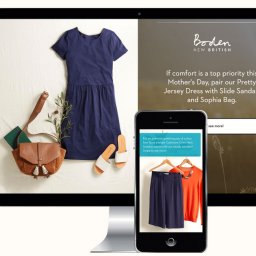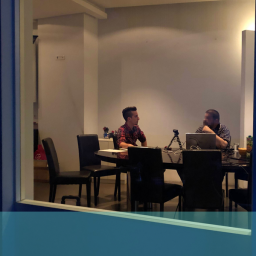
Selecting the right methodology for international user research
There are a number of methodologies available for undertaking international user research. Which you determine to use will be dependent on the market you are surveying, what you are trying to establish from this universe, what sort of budget you have available for the research and what resources (both internal and external) you have at your disposal to make this happen eg there is no point in constructing an elaborate technical survey if there is no-one on the ground who can run it for you.
The methodologies available are:
Expert review
This is where a local expert tests your product against known local market traits and preferences. This has the advantage of having both expert eyes and a local perspective in making an assessment. It is also a relatively cheap way of reviewing a product or site.
Qualitative lab-based research
This technique involves users interacting directly with the product and providing immediate feedback and intelligence about what works and what doesn’t. There are different ways of achieving this from usability tests to contextual interviews and focus groups. This method does require you to be on the ground in the location you are testing and to have available local facilities and probably local expertise to assist in the process. This can turn into quite an expensive activity so should only be used if you have the necessary budget and are in a relatively advanced state of development.
Qualitative remote research (moderated)
This option can provide some of the benefits of the above method without a lot of the cost and difficulties. It involves undertaking user research via a remote internet connection and collecting what data and feedback it is possible to gain through this medium. The moderated version also involves a moderator at the client end directing, helping, interrogating and observing the sessions as they progress. Webinar services such as Webex, Skype and GoToMeeting can facilitate this type of international UX research. Obviously there is a trade-off here in that there can be technical issues at the user end as well as language and cultural obstacles but these could be addressed by using a local organiser to host the interviews.
Qualitative remote research (unmoderated)
The unmoderated technique involves the same operation as above but without any direct intervention so the participants just carry out the tasks as prompted by the script or computer instructions on the exercise. Their keystrokes, interactions, mouse movements and sometimes audio feedback can be gathered for later analysis. It is extremely important here that the technology and the script are absolutely precise as if the participant misunderstands the whole test could be invalidated and your money wasted.
Quantitative online research
Quantitative online international UX research uses the same sort of techniques as its qualitative counterpart but focuses more on the collection of hard data on how a site works, what aspects are smooth and transparent and which are clunky, whether devices incorporated into the site to close sales, refer on, increase navigation or read-through etc work as they were intended.
The combined approach
If you the budget and the project justifies it, you might consider using all the main methodologies to produce a rounded, full perspective on the issues. Expert review could provide the basis for qualitative research and the resultant outcome could then be tested quantitatively.
For more information on research strategies go to our report on International user research.
Whatever your issues – and whatever your budget – it is important to get the basic principles right before undertaking international UX research. If you would like advice on any aspects why not get in touch for an informal discussion on +44(0)800 0246 247, or email hello@ux247.com.

















